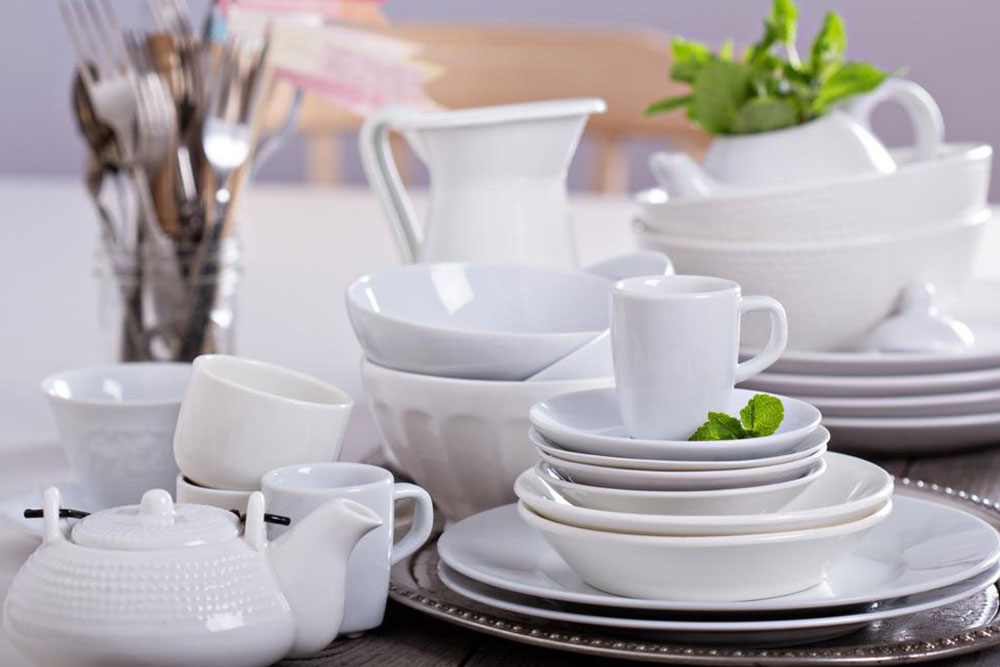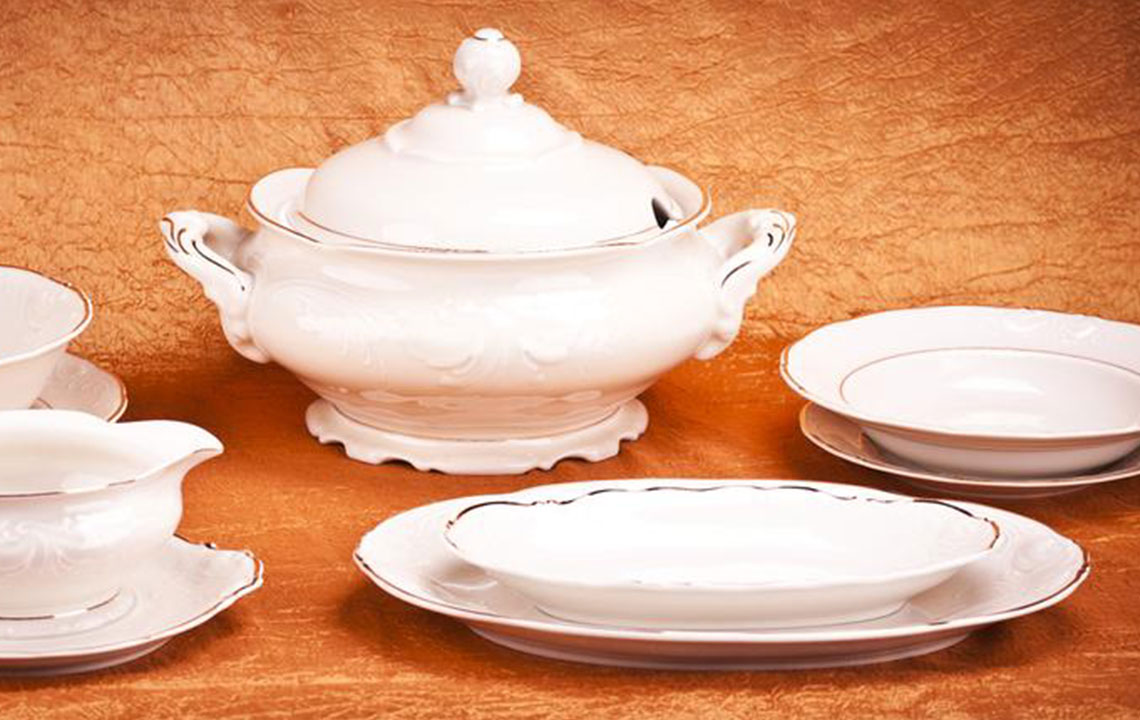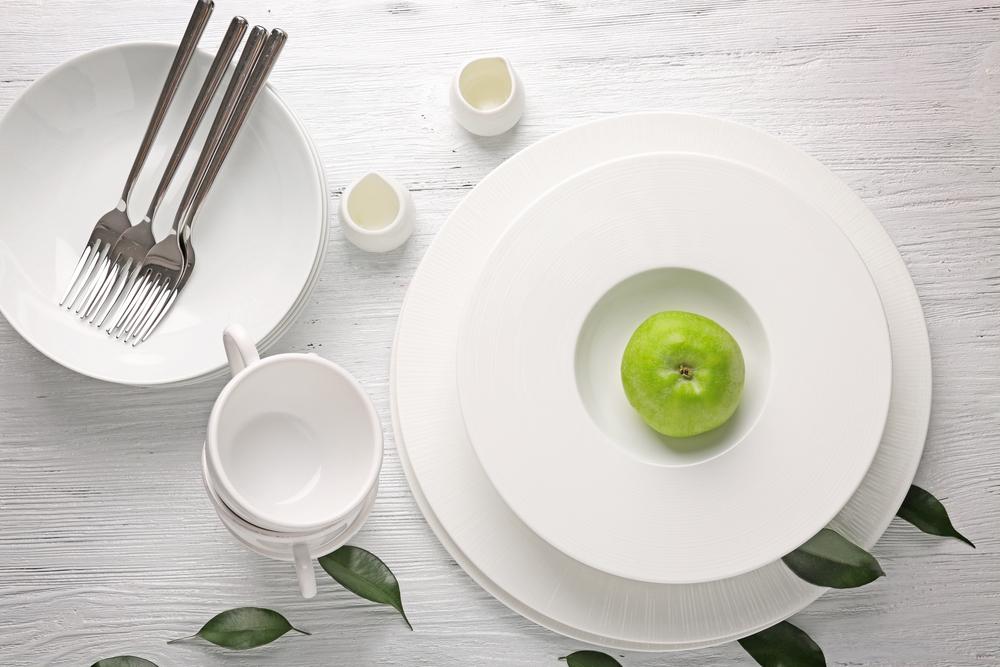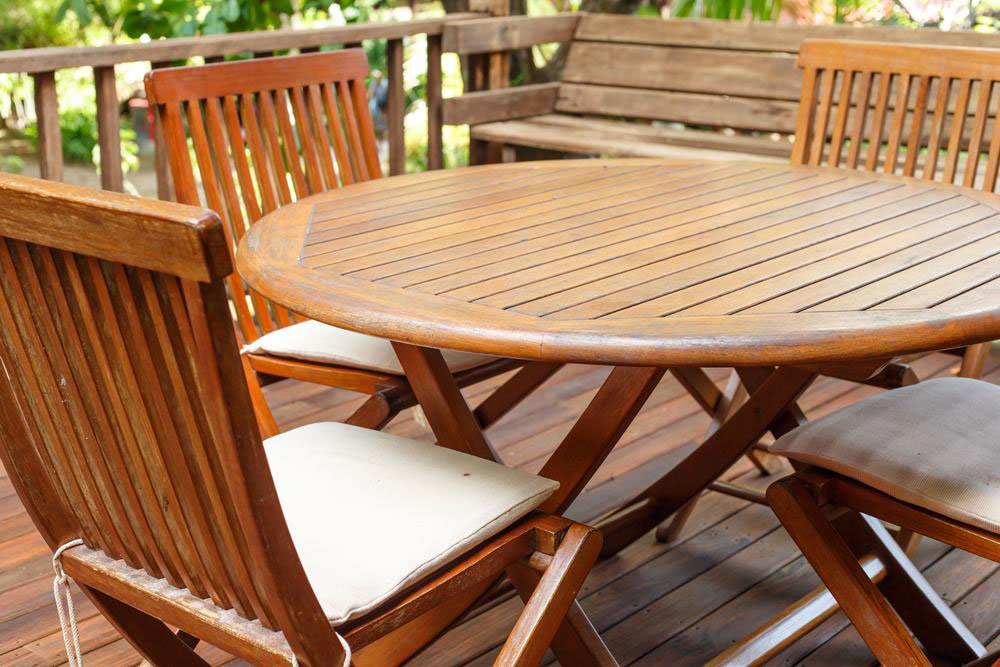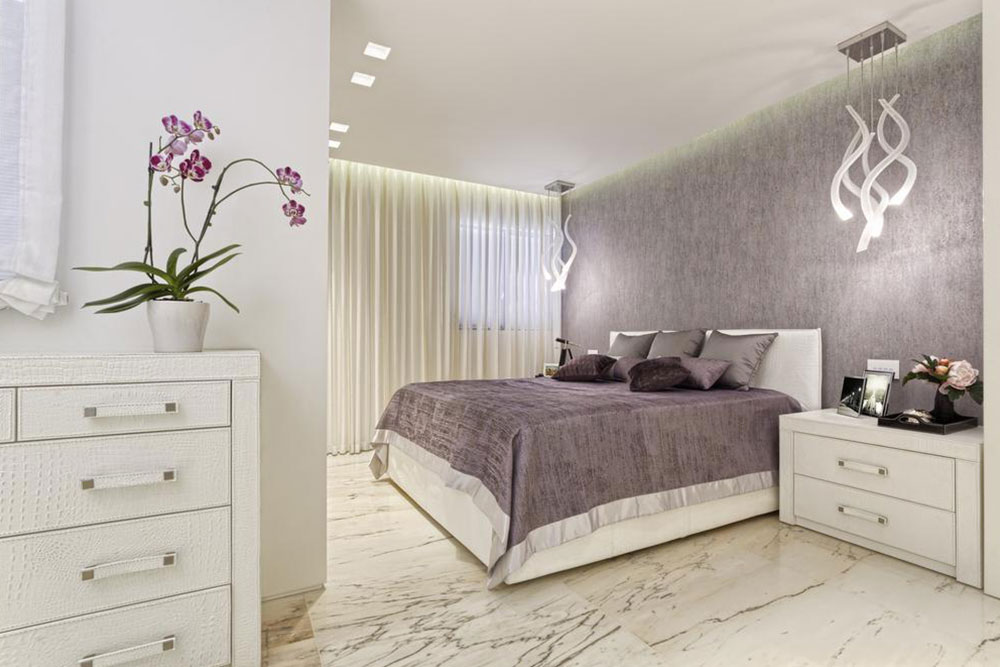Ultimate Guide to Selecting Authentic Fiesta Dinnerware
Explore the essential tips for identifying genuine Fiesta dinnerware, understanding vintage versus modern pieces, and recognizing rare collectibles. This comprehensive guide helps collectors and buyers distinguish authentic Fiesta items, analyze backstamps, colors, and design features, ensuring informed purchases and enhancing collection value.
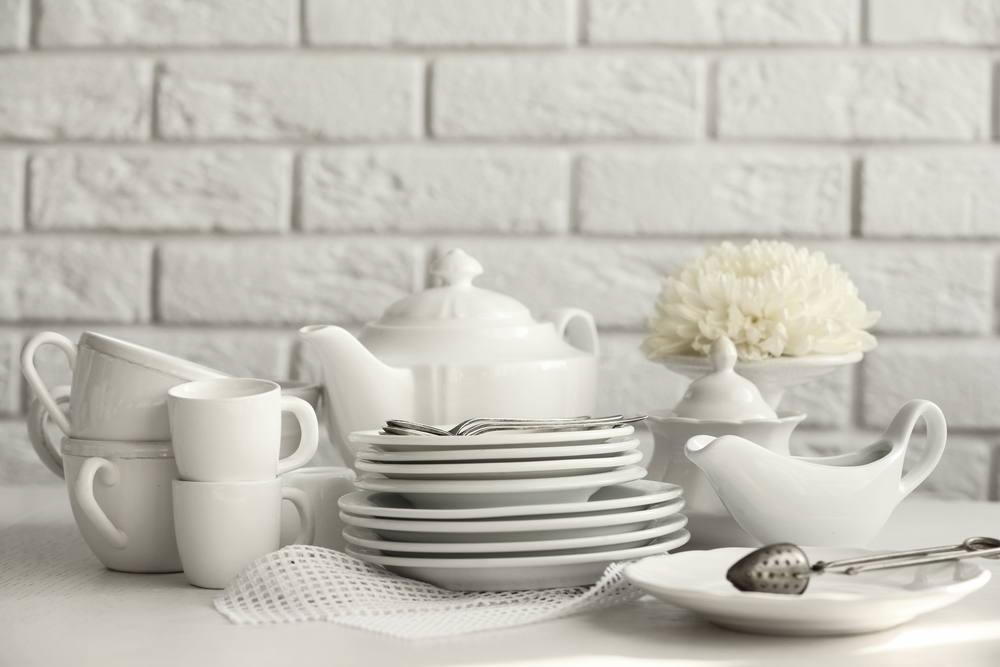
Ultimate Guide to Selecting Authentic Fiesta Dinnerware
Fiesta dinnerware, crafted by Homer Laughlin China Co., debuted in 1936, bringing vibrant color and modern design to homes during the Great Depression era. Production paused in 1972, but the line was revived in 1986 with updates like microwave and oven safety. Distinguishing vintage from modern pieces involves checking details such as concentric rings, handle design, and backstamps. Vintage items often have uneven glazing and specific color palettes, including original radioactive red with uranium glaze. Modern Fiesta maintains similar hues but features consistent finishes. Collectors should examine markings and design features to authenticate pieces.
Spotting Vintage Fiesta
Vintage Fiesta items display concentric rings that expand toward the rim. Handles often have subtle decorative touches, and pedestal items like onion soup bowls show these rings clearly. Vintage dishes tend to have uneven glaze, unlike modern counterparts with uniform finishes.
Vintage vs. Modern Fiesta
Items made from 1936 to 1972 are considered vintage. Differences include handle shape—full-circle handles in older teacups versus partial in newer ones—and lid styles, with vintage teapots featuring flat lids. Since design modifications occur regularly, inspect each piece carefully for authenticity.
Backstamp Identification
Many Fiesta pieces carry stamps such as “Made in the USA” and “Fiesta, HLC.” Post-1986, the underside features a small “H,” and newer pieces may have ink stamps. A comprehensive guidebook helps verify genuine vintage items.
Vintage Color Palette
Initial colors included green, old ivory, red, yellow, and cobalt blue, with turquoise added in 1937. The introduction of single-glazing improved production efficiency.
Radioactive Red
The original radioactive red contained uranium oxide, making it slightly radioactive, but subsequent uses incorporated depleted uranium, ensuring safety. Purdue University confirmed radiation levels were within safe limits.
Color Evolution
Between the 1950s and late 1960s, Fiesta's palette expanded to include pastels like soft green and gold. Vintage and contemporary colors closely resemble each other, so careful reference images are essential for authentic identification.
Collectible Pieces
Classic items like disc pitchers, plates, and bowls are common, but some pieces like certain casseroles and covered items are rarer, especially those with original lids. Notable collectibles include medium green disc pitchers from 1959-1969 and limited-run onion soup bowls in turquoise or with red stripes.
Rare Color Variants
Highly sought-after items include the rare medium green pieces and onion soup bowls in turquoise or old ivory with red accents. These pieces are difficult to find and highly prized by collectors.

